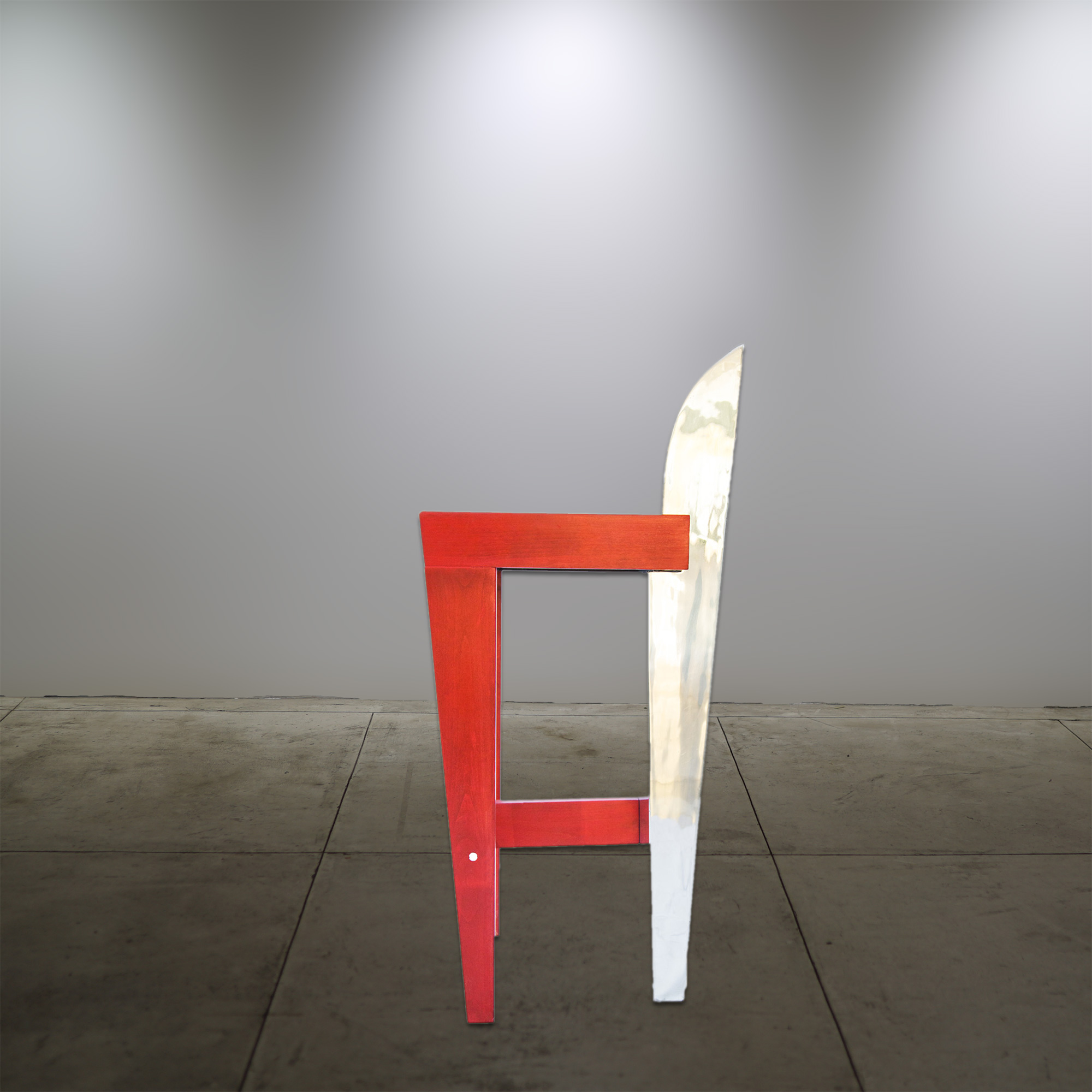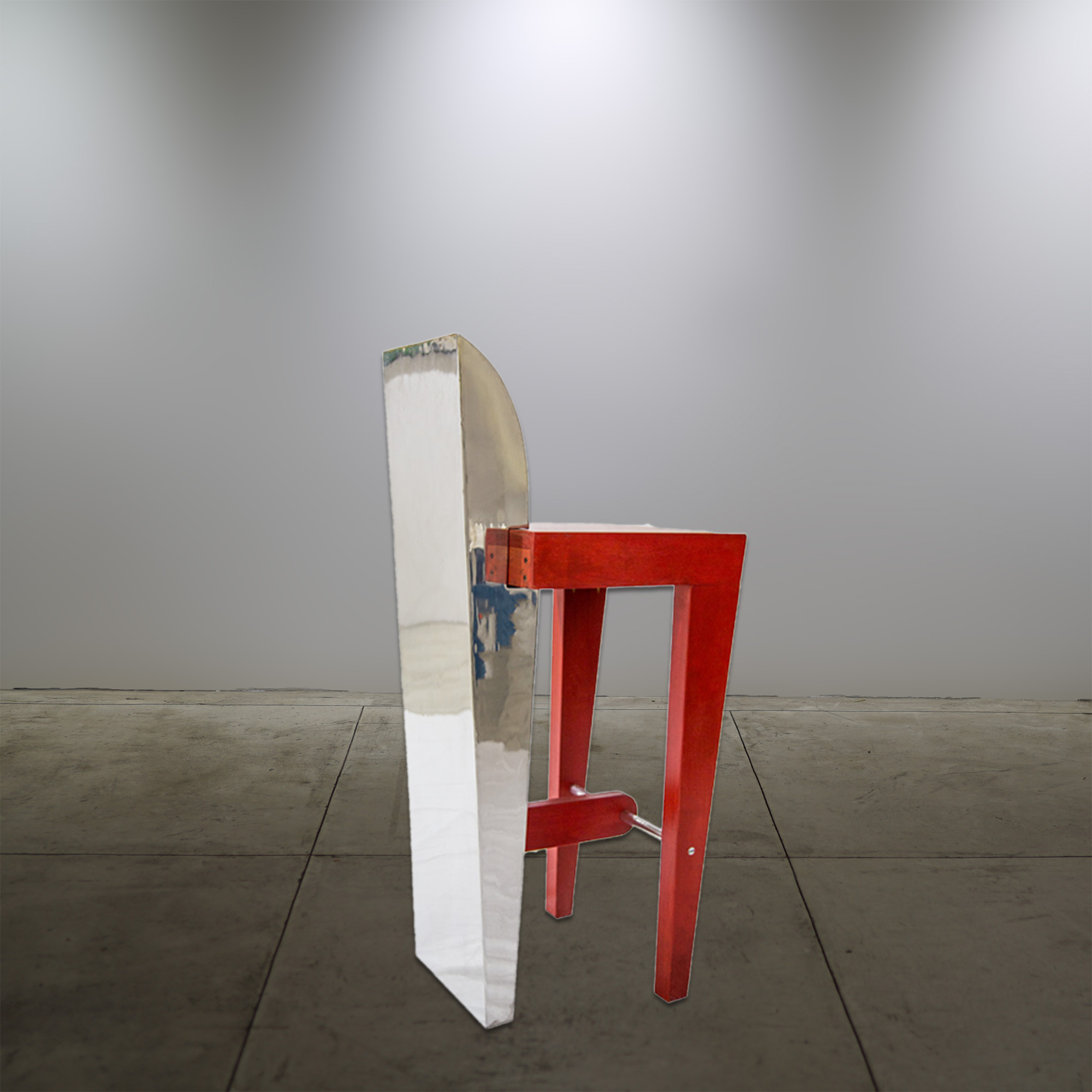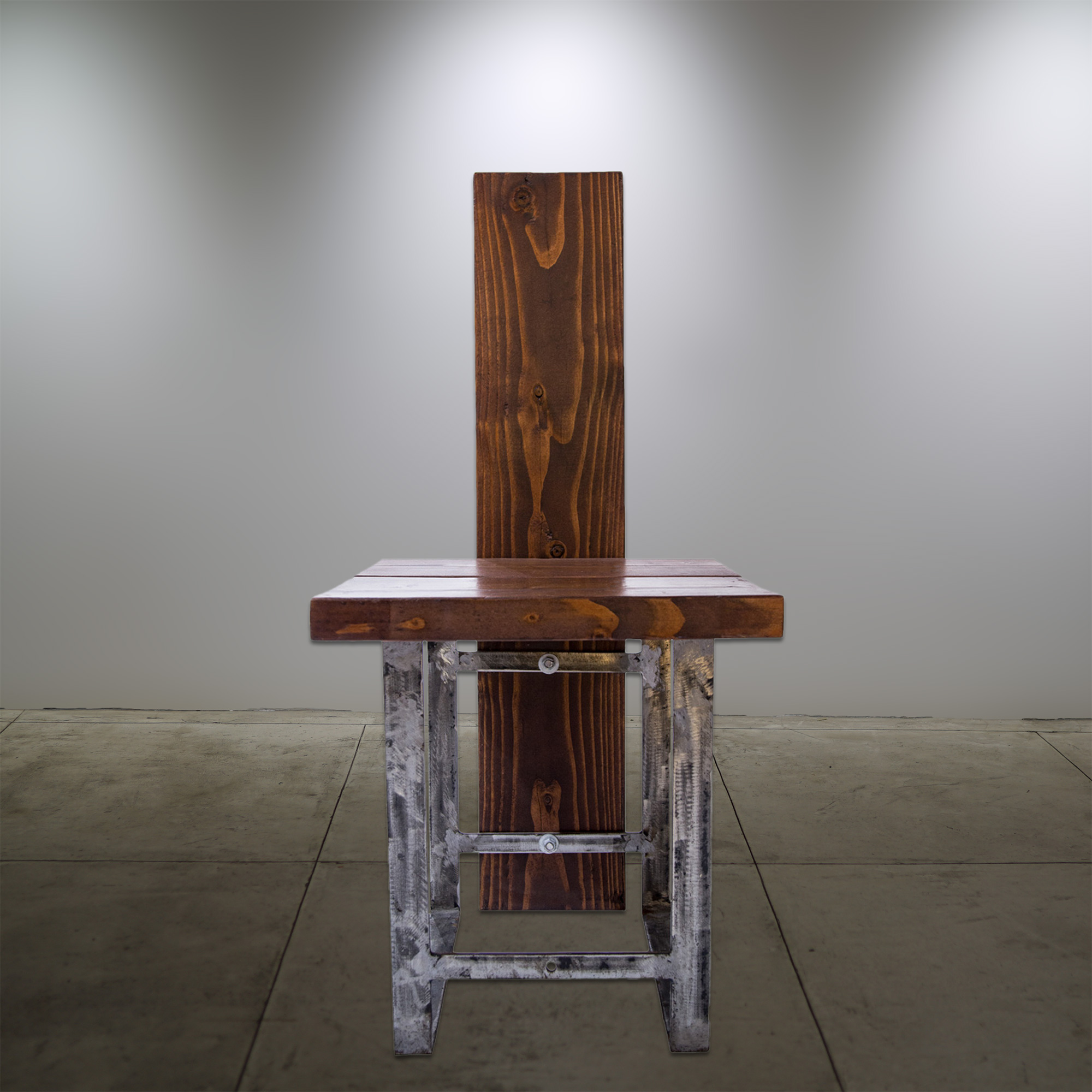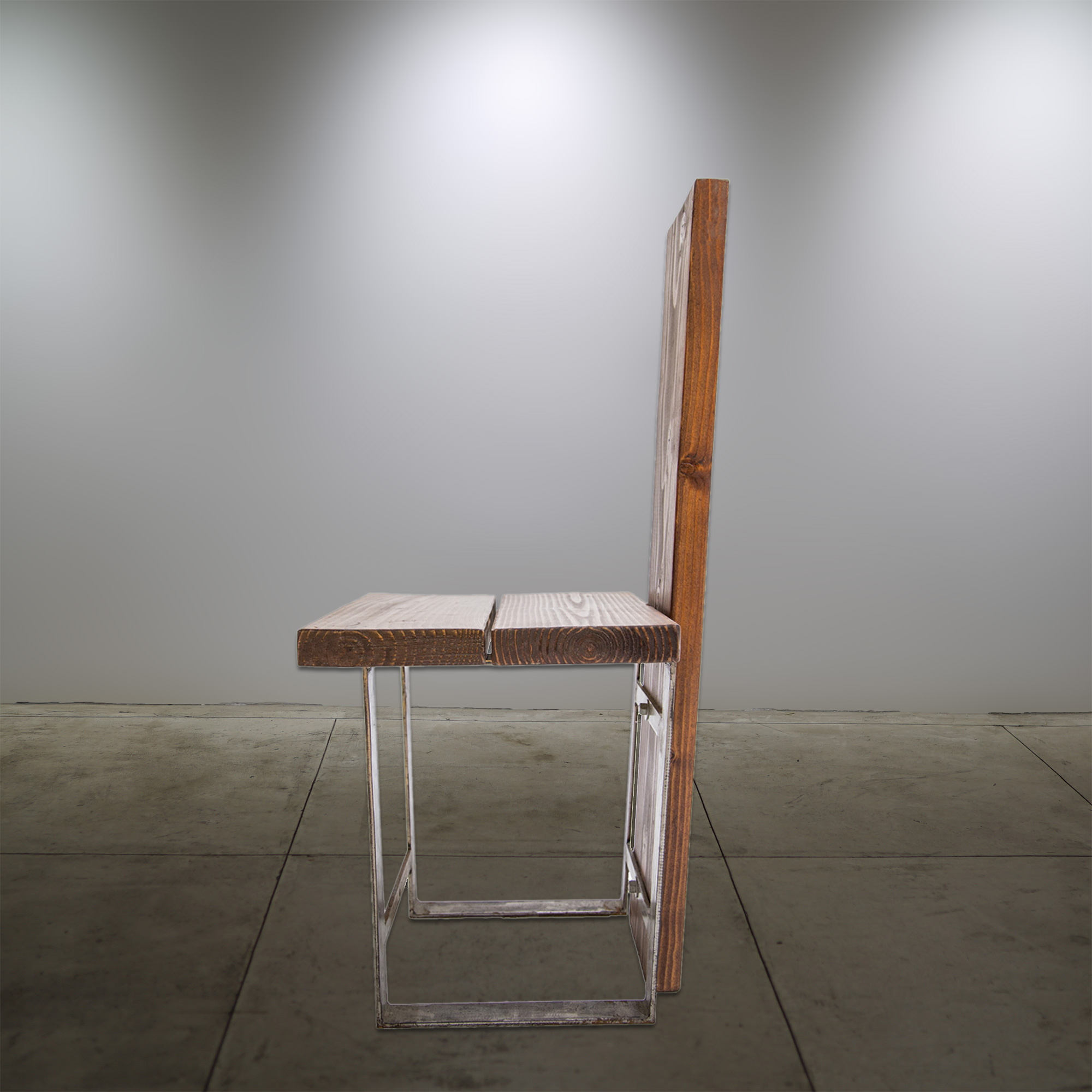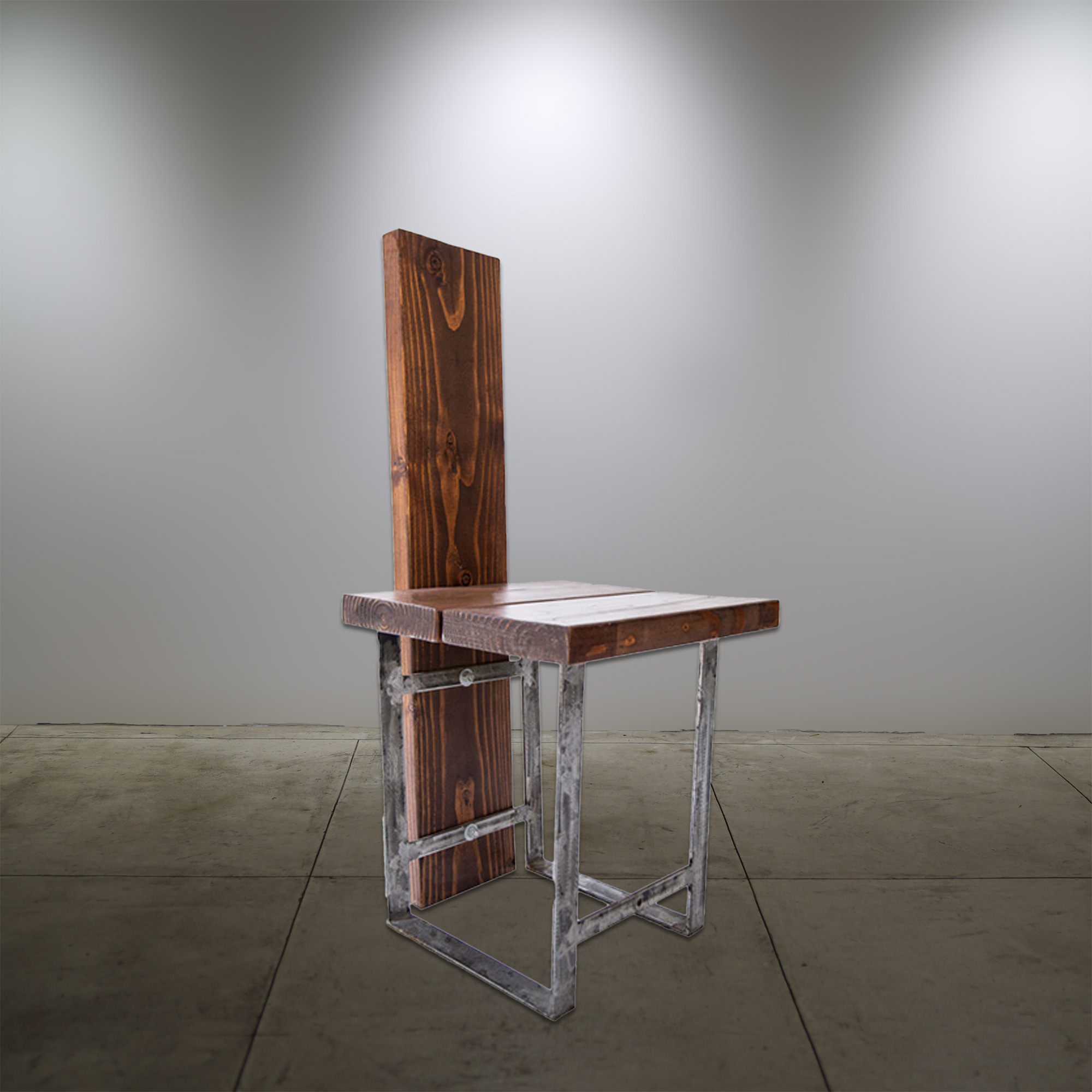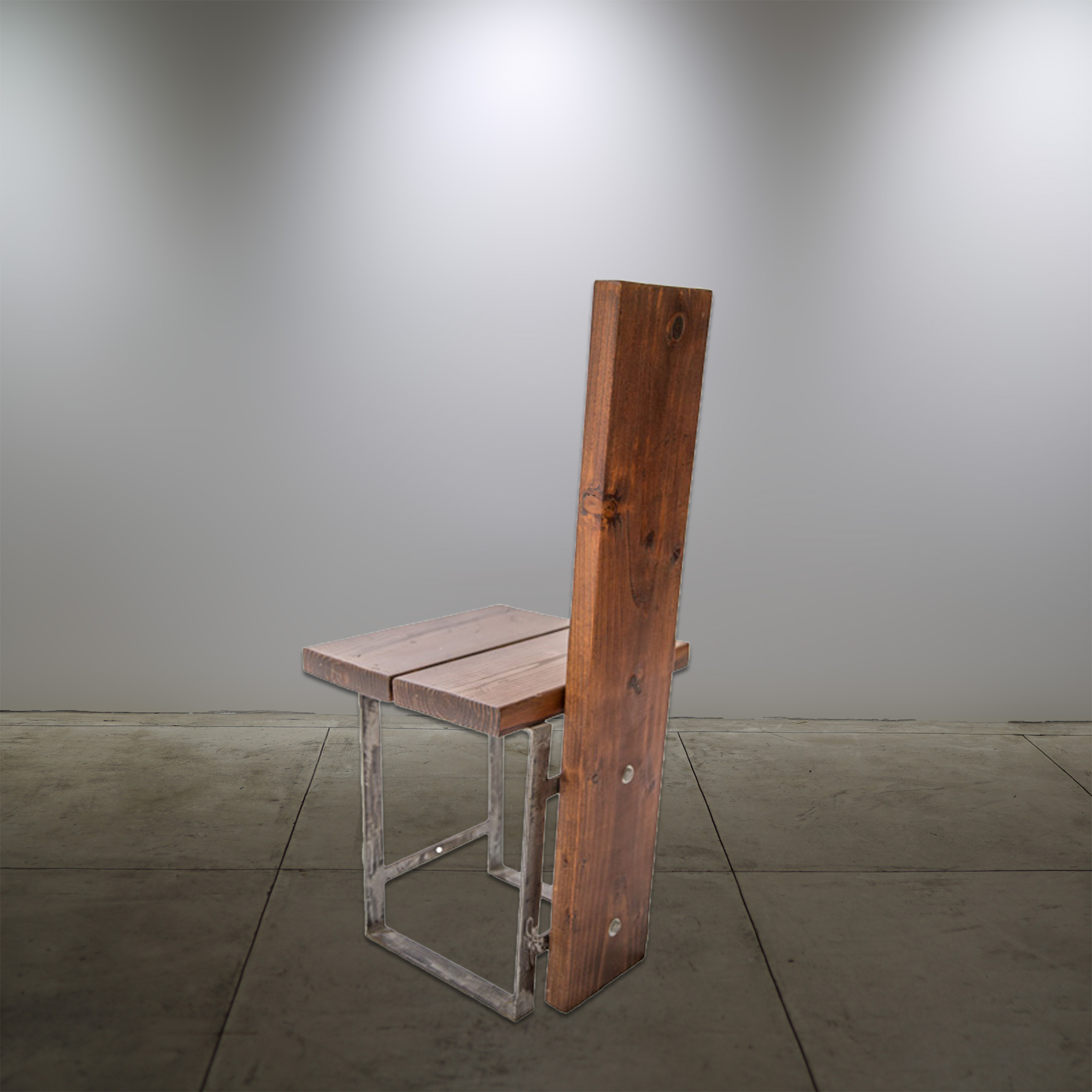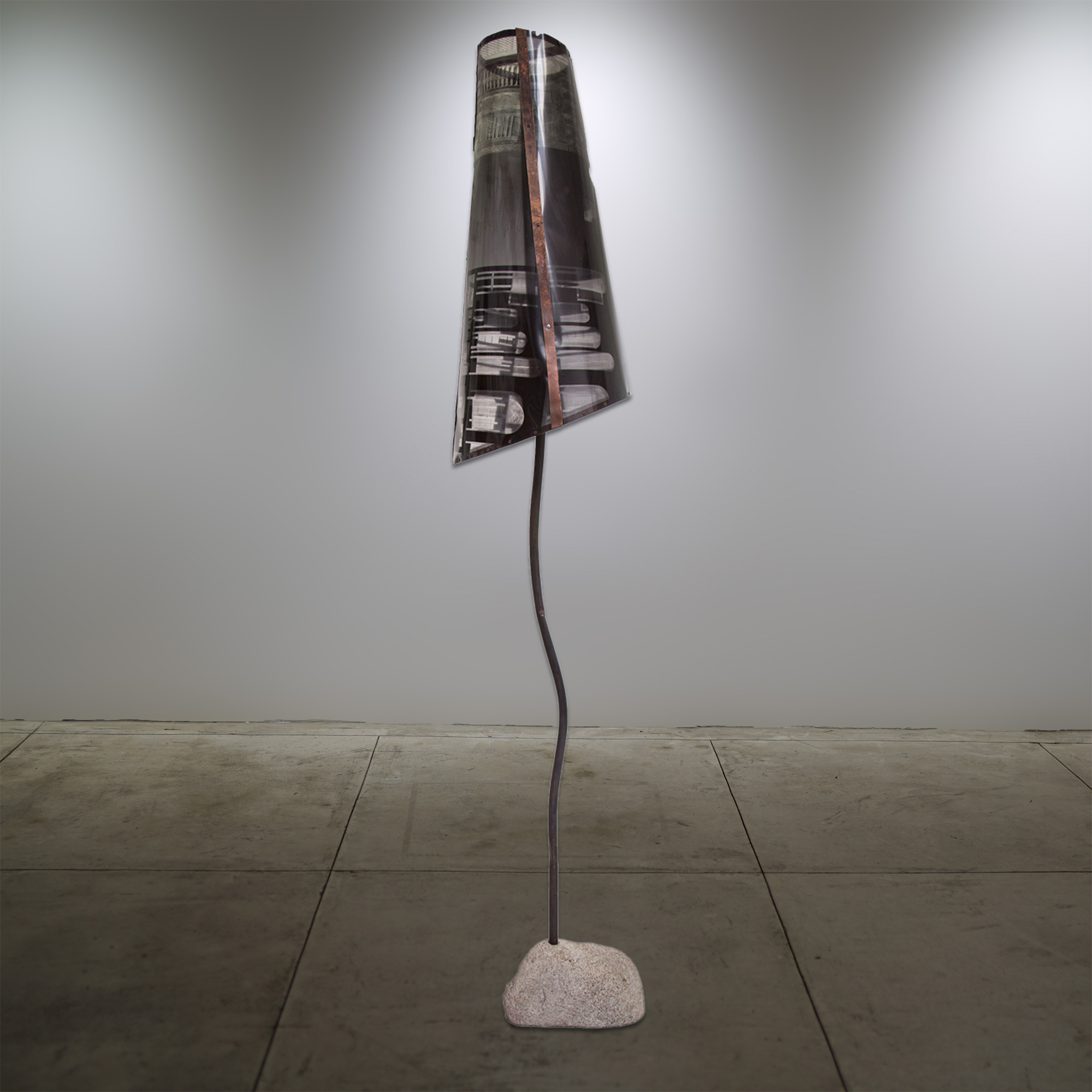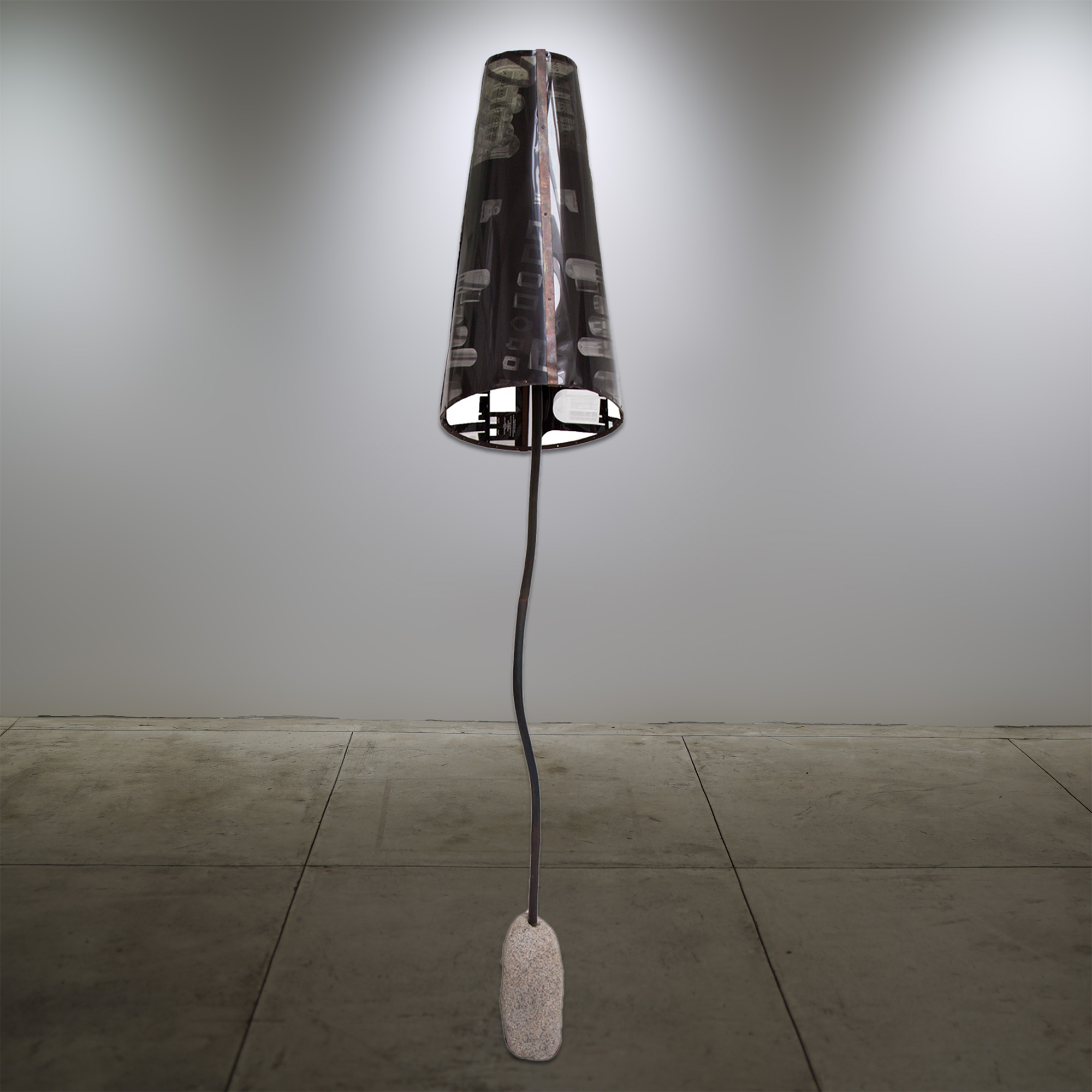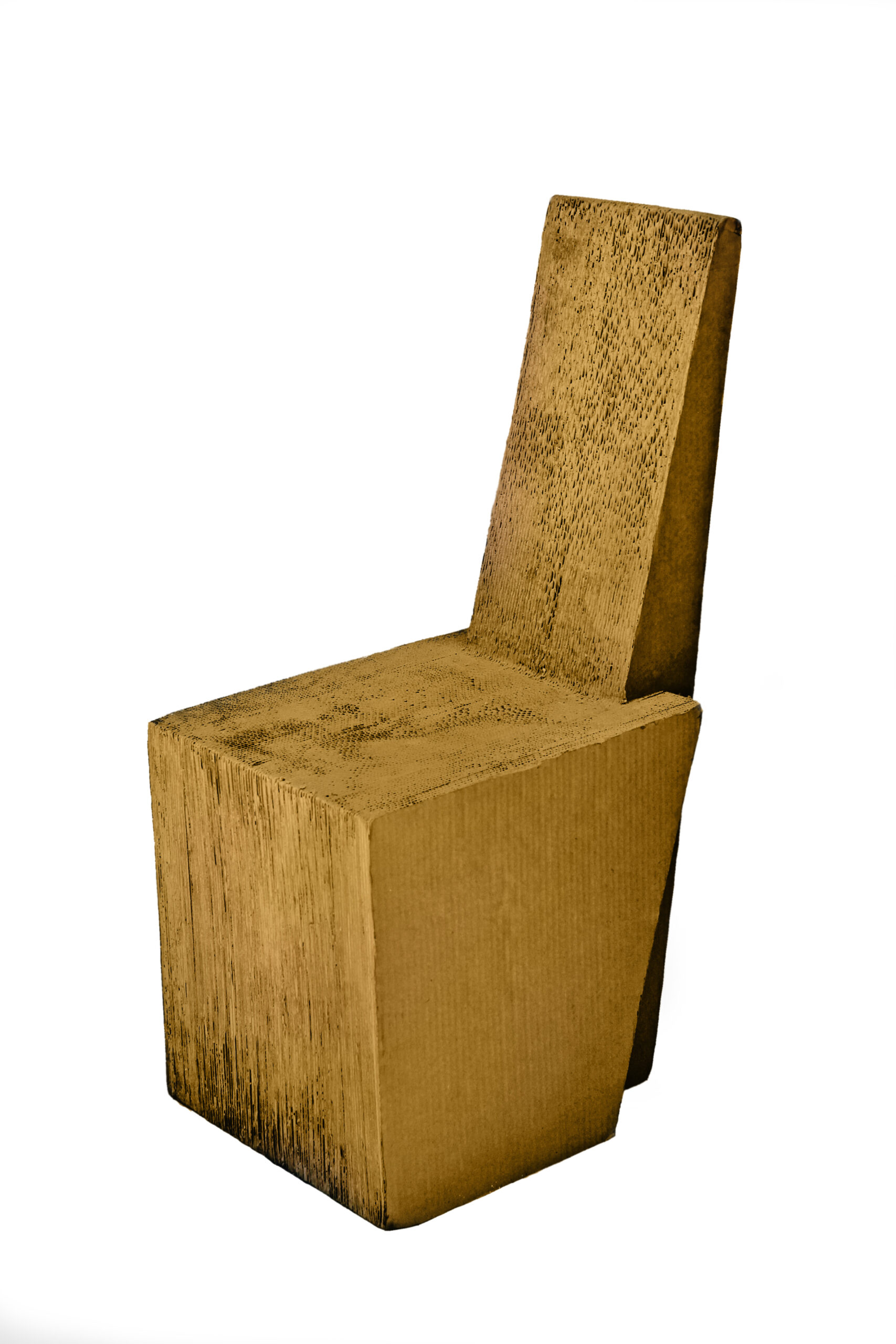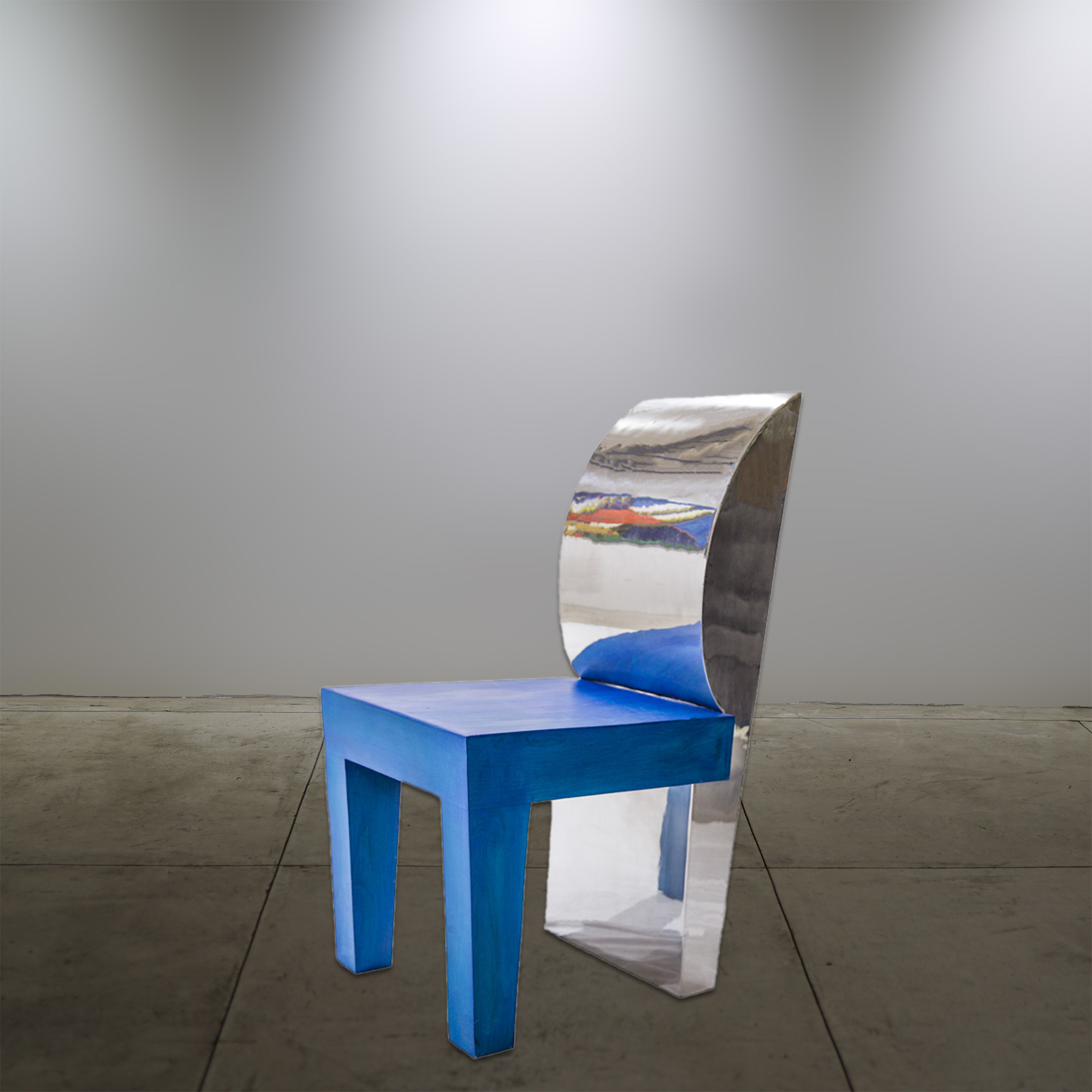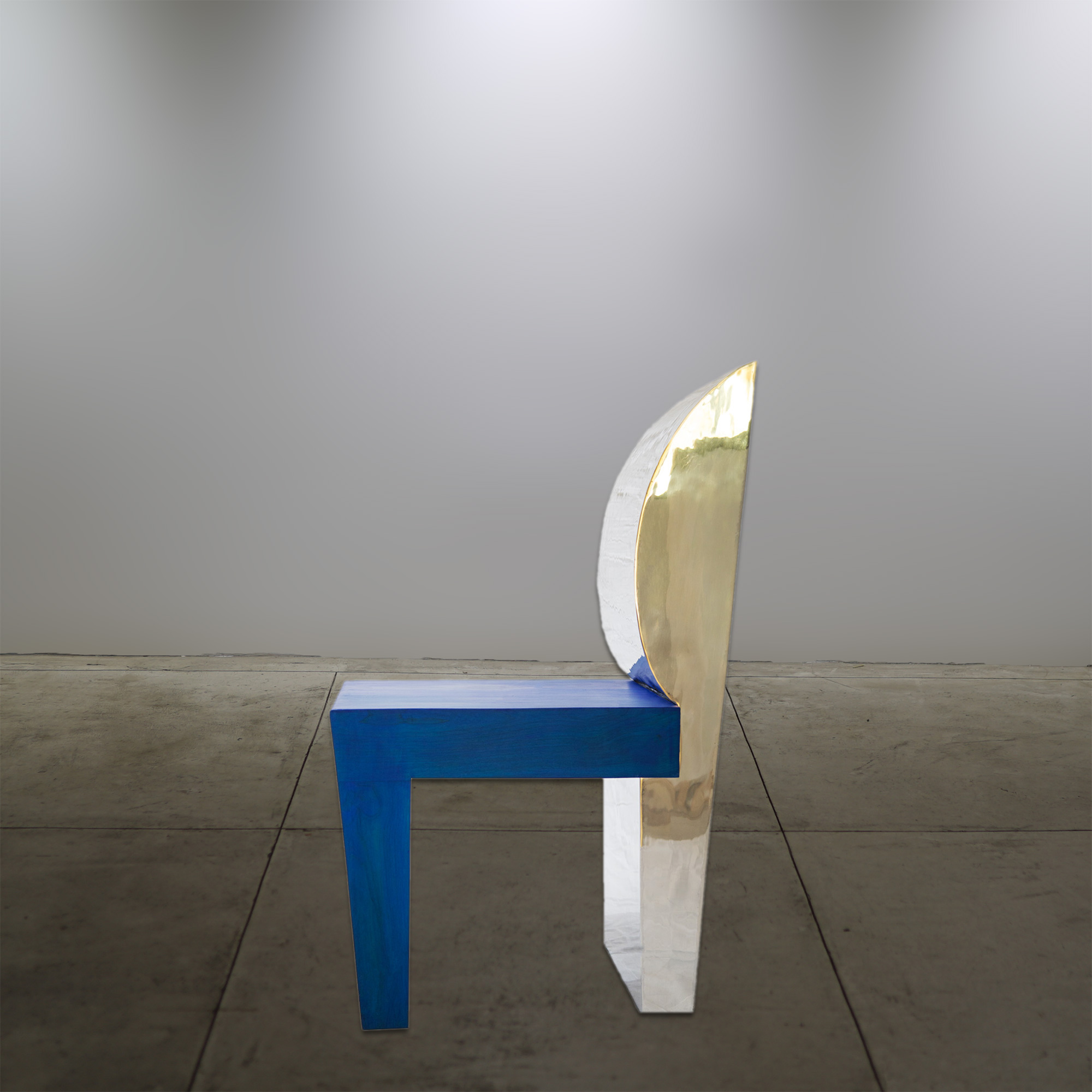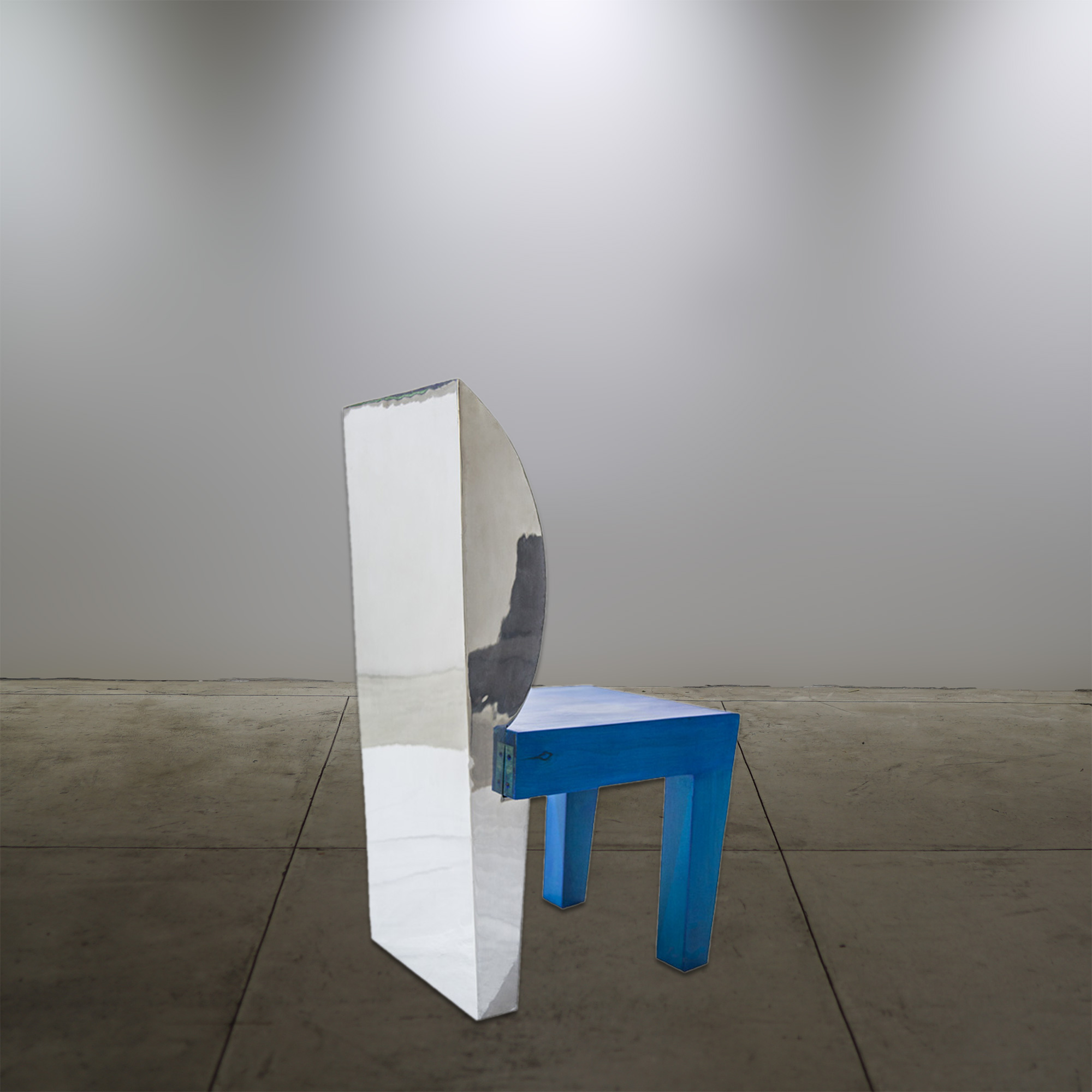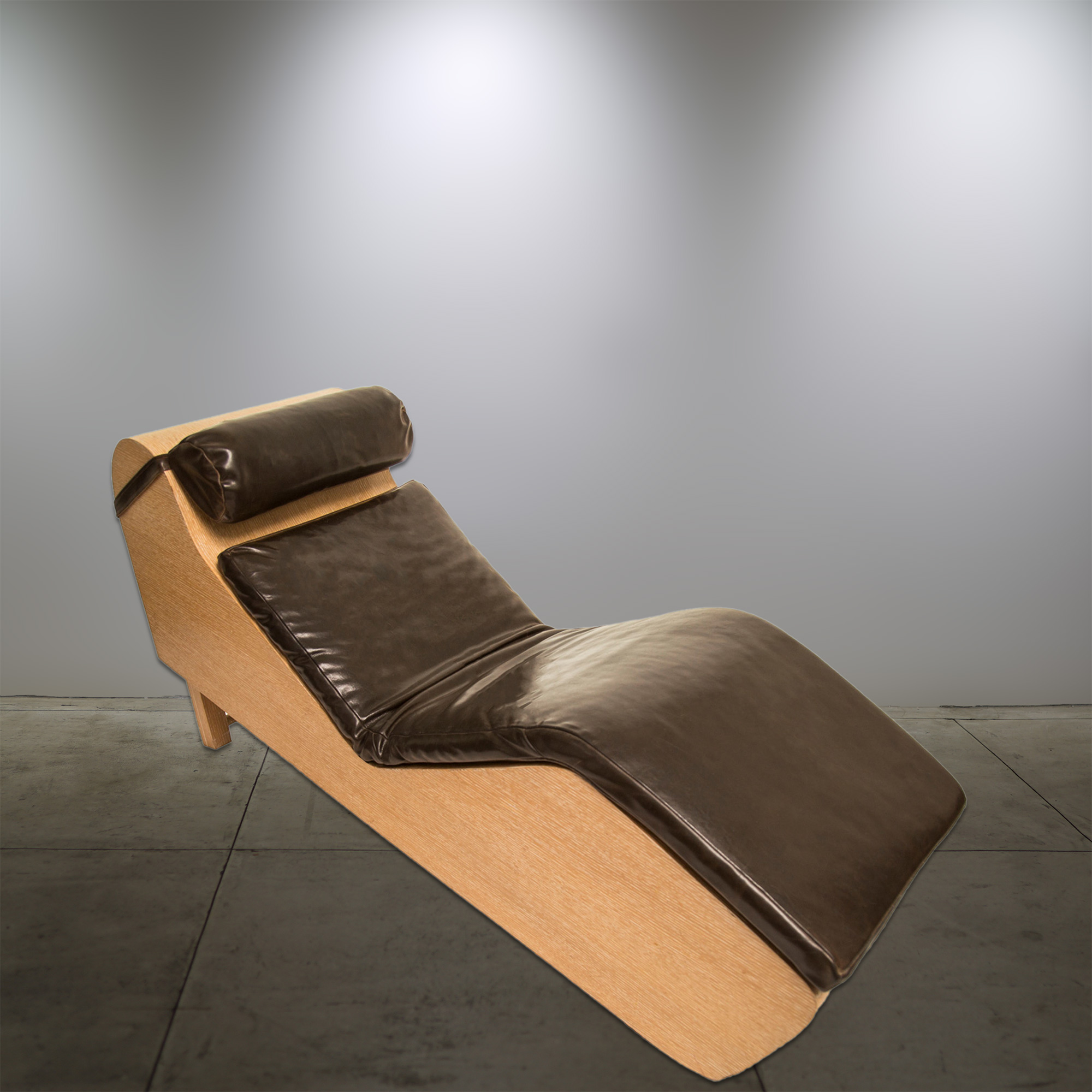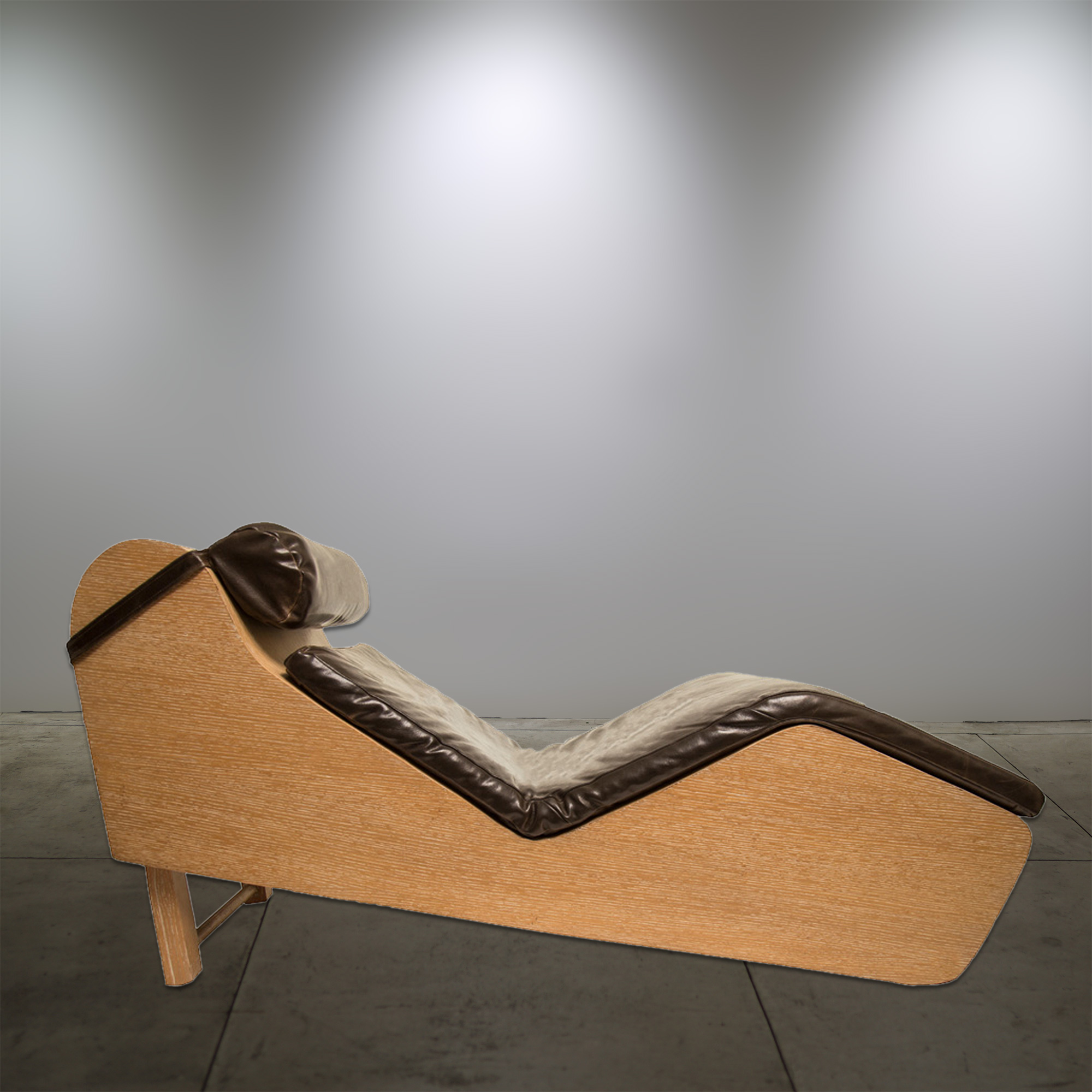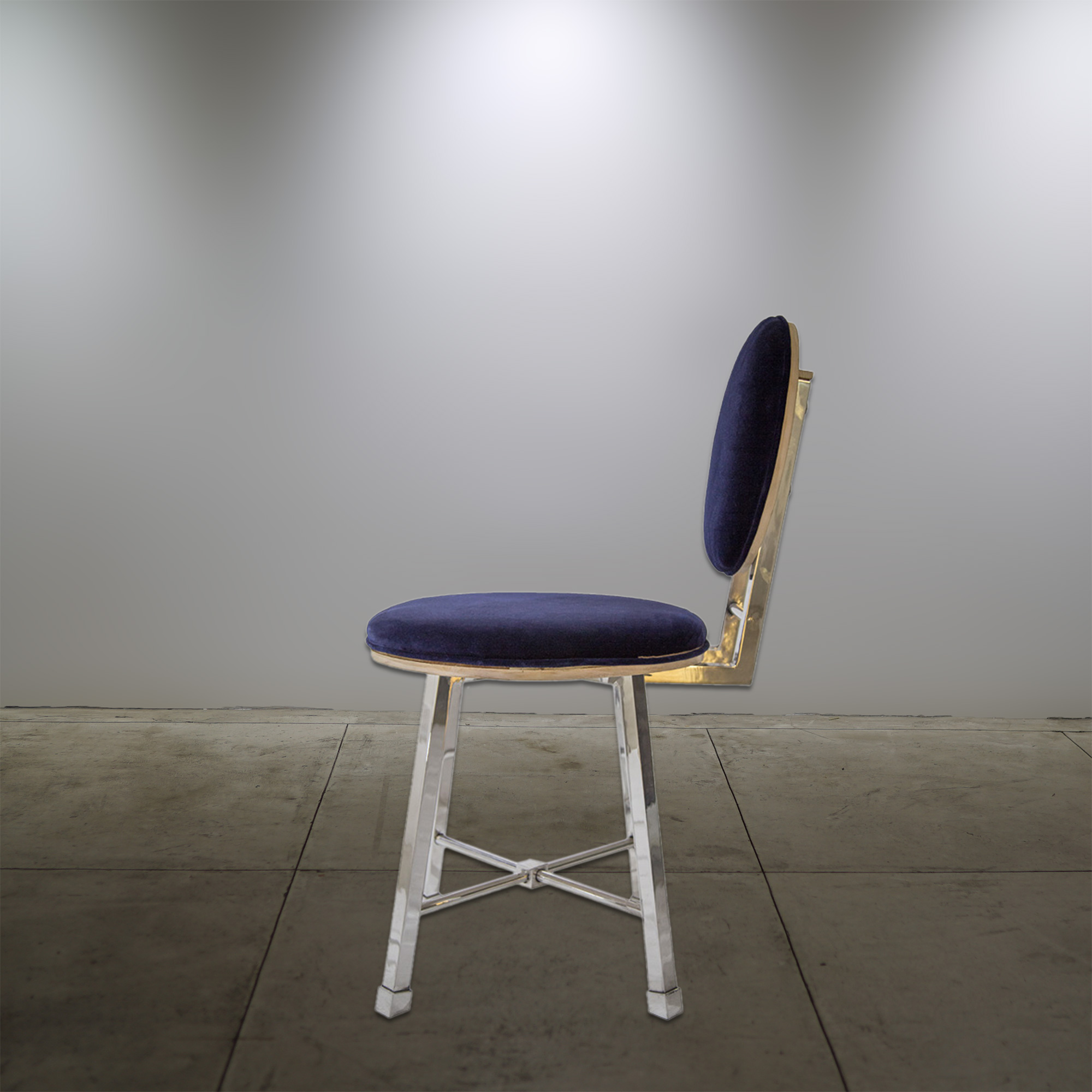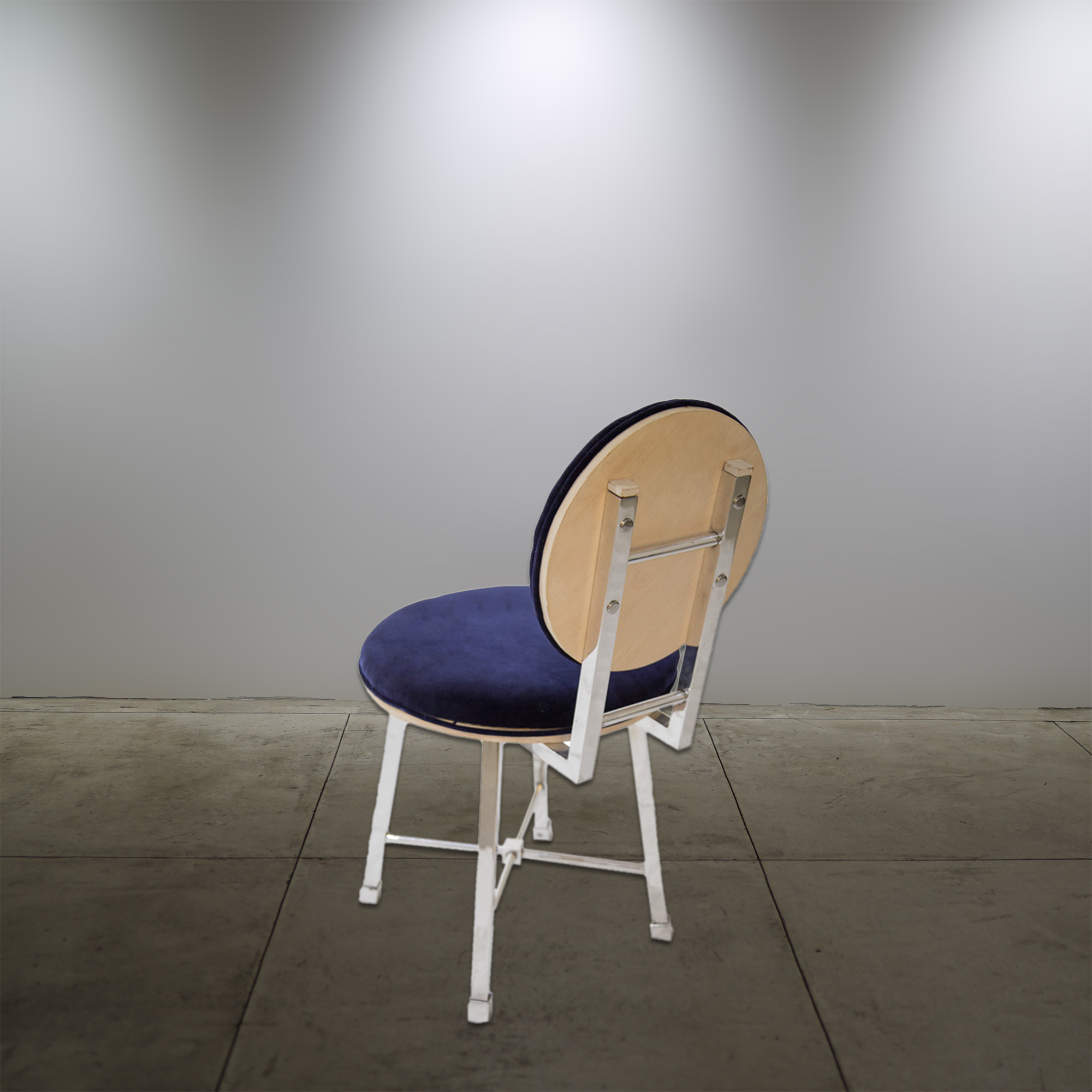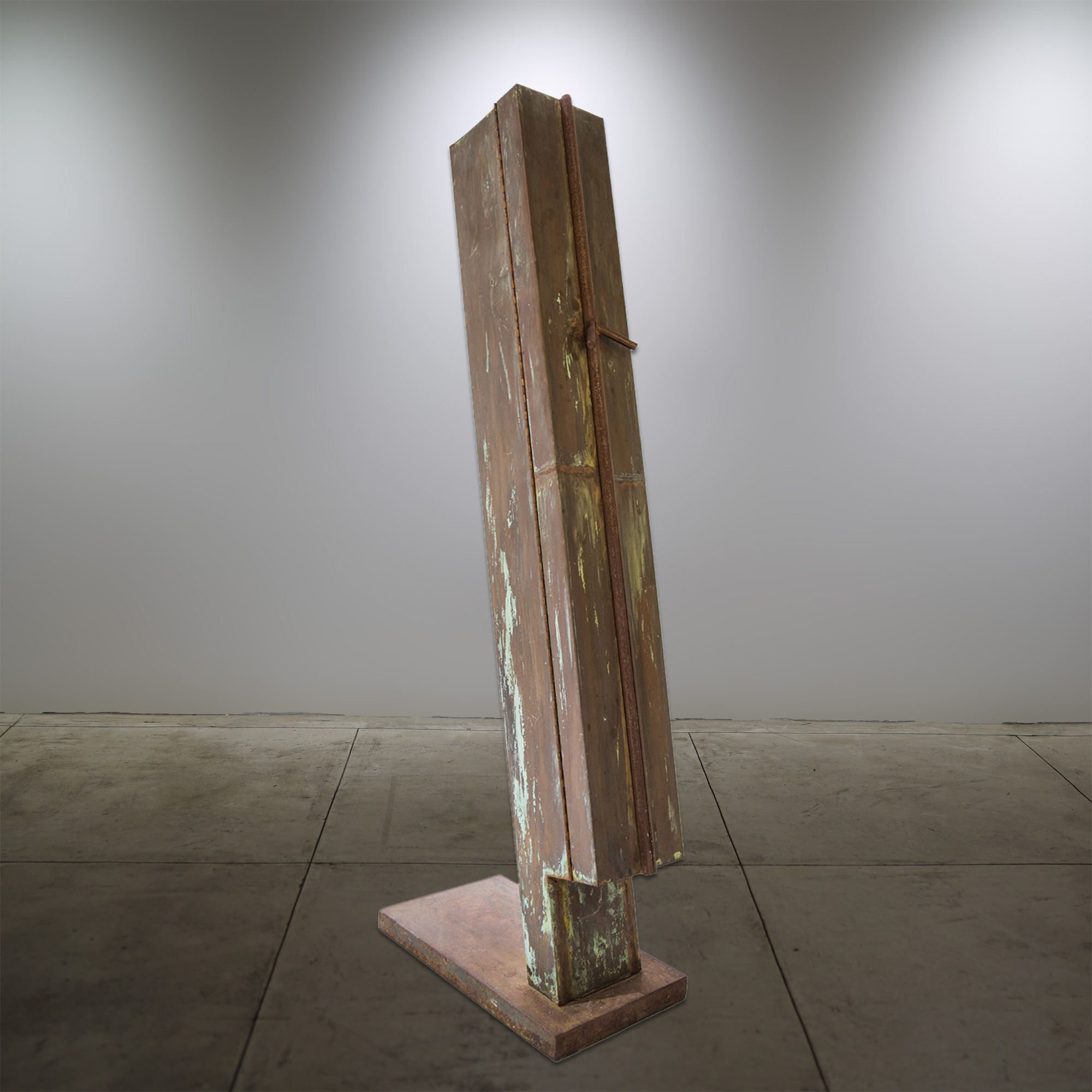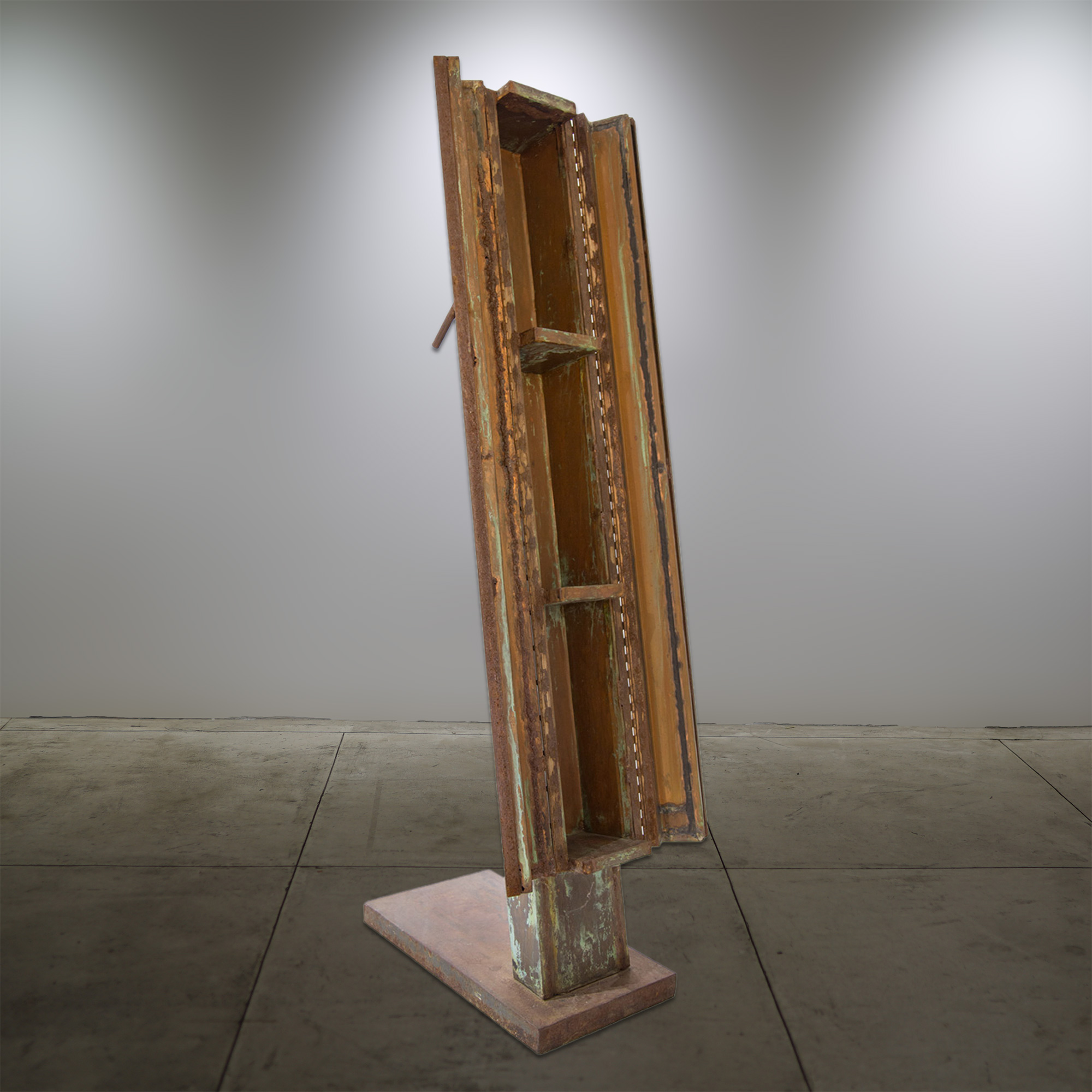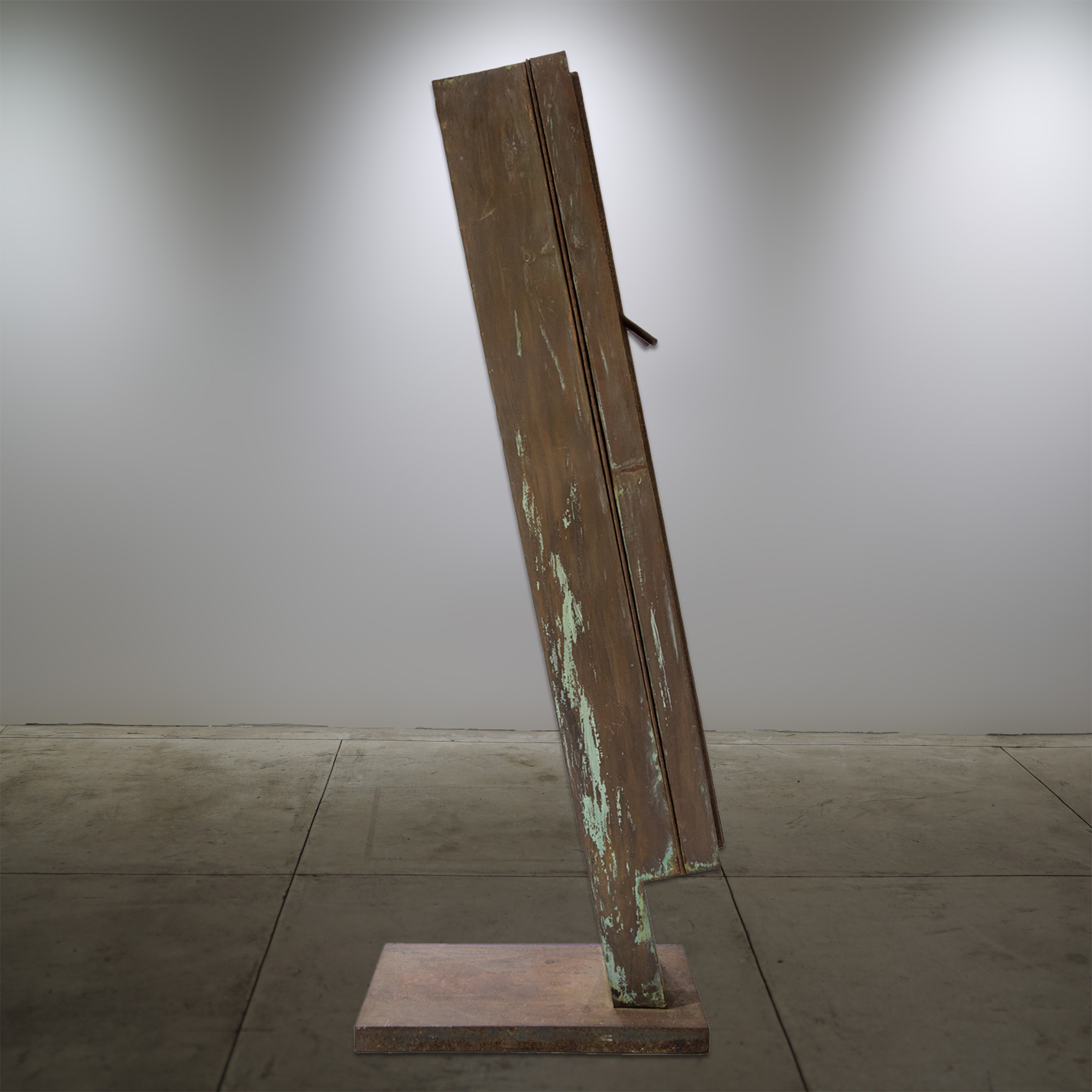Objects
FLAVIO BISCIOTTI: OBJECTS
By Peter Frank
All but dissolved over the course of a century, the boundary between fine and functional art is still a realm of exploration and play for artists coming at it from either side. Flavio Bisciotti comes at it, in effect, from both sides. Trained as an architect, the Argentine-born, Los Angeles-based artist-designer responds to the world equally in painting and in furniture design, in two dimensions and in three, in graphic expression and in material, in line and in substance. His chairs, tables, and other objects for the home and studio betray an artist’s extravagance and a designer’s economy, an architect’s logic and a poet’s fantasy. He makes pictorial and useful things alike out of observation — the creative eye, embracing all it sees —- out of meditation — the becalmed soul, contemplating ergonomic and spiritual needs alike — and out of desperation — the awakened mind, responding to calamity. For Bisciotti, the eye’s adventure answers to the body’s needs — and vice versa.
In his furniture Bisciotti delights in the dynamic interaction of geometric forms, in essence creating classic abstract compositions out of chair legs and back rests, as well as out of substances whose colors and textures interact in lively contretemps. The seats and tables read immediately as non-objective sculptures, all vivid angles and odd joins; they seem to dare you to sit or place things on them. But, for all their frisson of sabotage, these structures are sturdy and, more surprisingly, comfortable to occupy. In this they pay knowing homage to De Stijl and the Bauhaus, reminding us that, 80-100 years on, Rietveld’s reclining chaise and the Barcelona Stuhl still look more forbidding than inviting, but, once occupied, envelop the sitter in a startlingly sensuous experience. Bisciotti adores and emulates this High Modernist tradition, making him something of a Neo-Modernist. Where the Neo comes in, where Flavio diverges from Oud and Mondrian, Kandinsky and Breuer, is in his incorporation of raw and/or recycled materials, even discarded forms. Bisciotti is not an assemblagist per se, but he appreciates the ad hoc energy of the assemblage approach, in life as in art. Los Angeles, a vast field of discards, inspires him, as do the generations of assemblage artists — some of whom are his close friends — who take advantage of southern California’s recycle culture.


